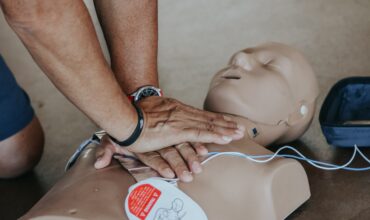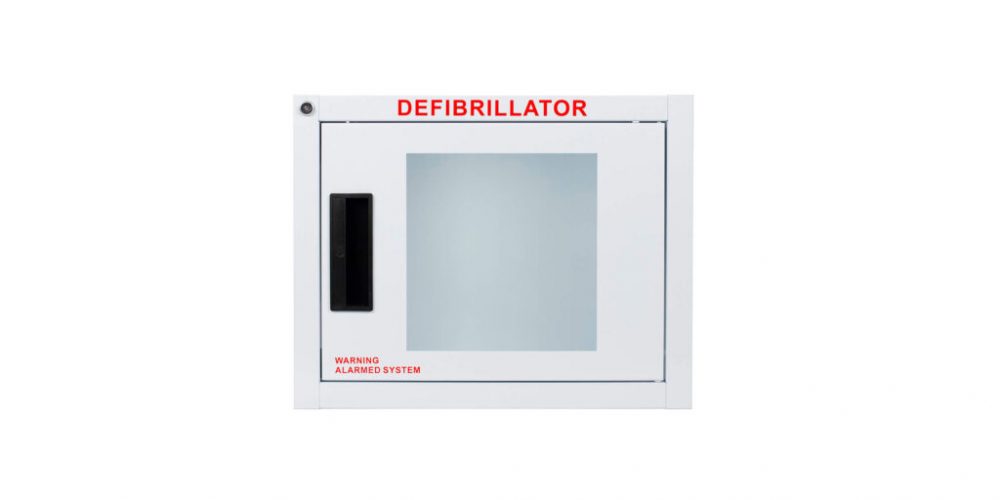- Your cart is empty
- Continue Shopping


Automated External Defibrillators (AEDs) are indispensable tools that can make a crucial difference in saving lives during sudden cardiac emergencies. However, the mere presence of an AED is not enough. Properly mounting and ensuring its accessibility are paramount for effective use.
Ensuring easy access to an AED is a matter of life and death in emergency situations. Quick retrieval of the device can significantly impact the outcome of a sudden cardiac arrest (SCA) event. Here are the key factors to consider:
AED cabinets should be mounted at a specific height of 48 inches above the floor. This placement accommodates individuals in wheelchairs and ensures the AED is easily within reach.
Visibility is paramount. Adequate signage and proper lighting should be in place to clearly indicate the AED’s location. This ensures quick location even in low-light or high-stress situations.
Ease of access is critical. Employees, bystanders, or first responders should be able to swiftly reach and remove the AED with one hand, simplifying the process and minimizing response time.
Compliance with the Americans with Disabilities Act (ADA) guidelines is not only a legal requirement but also a moral one. Following these guidelines ensures equitable access to AEDs for all individuals, including those with disabilities:
Understanding and implementing ADA guidelines for AED placement guarantees that individuals with disabilities have equal access to life-saving equipment, aligning with principles of inclusivity and safety.
The presence of an AED is only part of the solution. Proper training is essential to ensure that employees or bystanders can effectively use the AED during a cardiac emergency. Consider the following:
CPR and AED training complement each other. Employees should undergo CPR training to provide immediate assistance before and after using the AED.
Specific AED training ensures that individuals are familiar with the device’s operation, enabling them to use it confidently and correctly during high-pressure situations.
Maintaining AEDs is as vital as their initial placement. Implementing an AED Compliance Management program or a Preventative Maintenance Program is crucial to ensure AEDs are in optimal working condition:
Regularly check and replace the AED’s battery and electrode pads to ensure they are within their expiration dates and properly sealed.
Regularly test the AED to verify that it is functioning correctly, ready for immediate use.
Keep the AED’s software up to date, if applicable, to ensure optimal performance.
Enhance your emergency preparedness by having essential equipment and supplies readily available near the AED:
These additional items can be invaluable in various emergency situations and contribute to creating a safer and more prepared environment.
Properly mounting an AED is a critical aspect of cardiac emergency preparedness. By ensuring accessibility, adhering to ADA guidelines, providing training, implementing maintenance programs, and having additional emergency equipment on hand, you can maximize the effectiveness of AEDs and significantly improve the chances of saving lives. AED Brands is your partner in AED solutions, offering equipment, training, and support to help you create a safer and more prepared environment for your organization or community
Implementation Guide